EV Adoption – Why the Answer is in French Cheese
The EU-Japan Economic Partnership Agreement (EPA) deal that went live in February may well turn out to be one of the biggest drivers of EV adoption – if you believe in the two following assumptions:
- EV adoption is primarily restrained by supply, not demand – I suggest that you spend 5 minutes with any Nissan Leaf salesman and you’ll be on-board with this.
- EV supply will be dominated by Asian suppliers – I suggest that you spend 5 mins looking at current Japanese and Chinese production numbers and you’ll be on board with this also.
So, anything that fundamentally improves the supply of the EVs will dramatically increase adoption.
What the EPA does is balance Japan’s love of French cheese with our love of Japanese cars by removing the Tariff Rate Quota (TRQ) from both (along with other products and services). A TRQ is the standard ratcheting system that the World Trade Organisation (WTO) uses to enable open trading between countries.
Crucially, its mechanism favours the exporting of high margin products – and as most EVs are low margin they are not encouraged. With the TRQ effectively gone, Japan will be encouraged to export as many EVs as it can build. We will buy them whenever we want, and adoption will surge as supply rises to match widespread demand.
This should mean that everything is fine, right? Well, it would be if it weren’t for two key challenges:
- The TRQs on cars will be tapered over 7 years, so the impact is buffered.
- Brexit. Assuming Brexit goes through, HM Government will have the unenviable choice of either trying to mirror the EPA, improving our environment but damaging our EV industry, OR putting back-up the trade barriers thereby protecting the UK’s EV industry, but slowing down EV adoption and guaranteeing additional investment requirements.
Article originally published on 04/03/2019 by Ben Allan via LinkedIn.

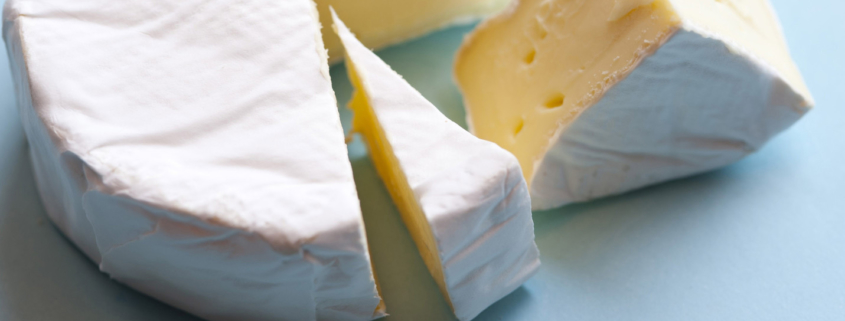
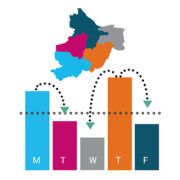

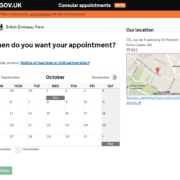
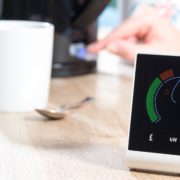

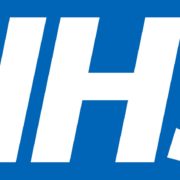

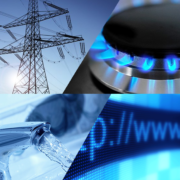


Leave a Reply
Want to join the discussion?Feel free to contribute!